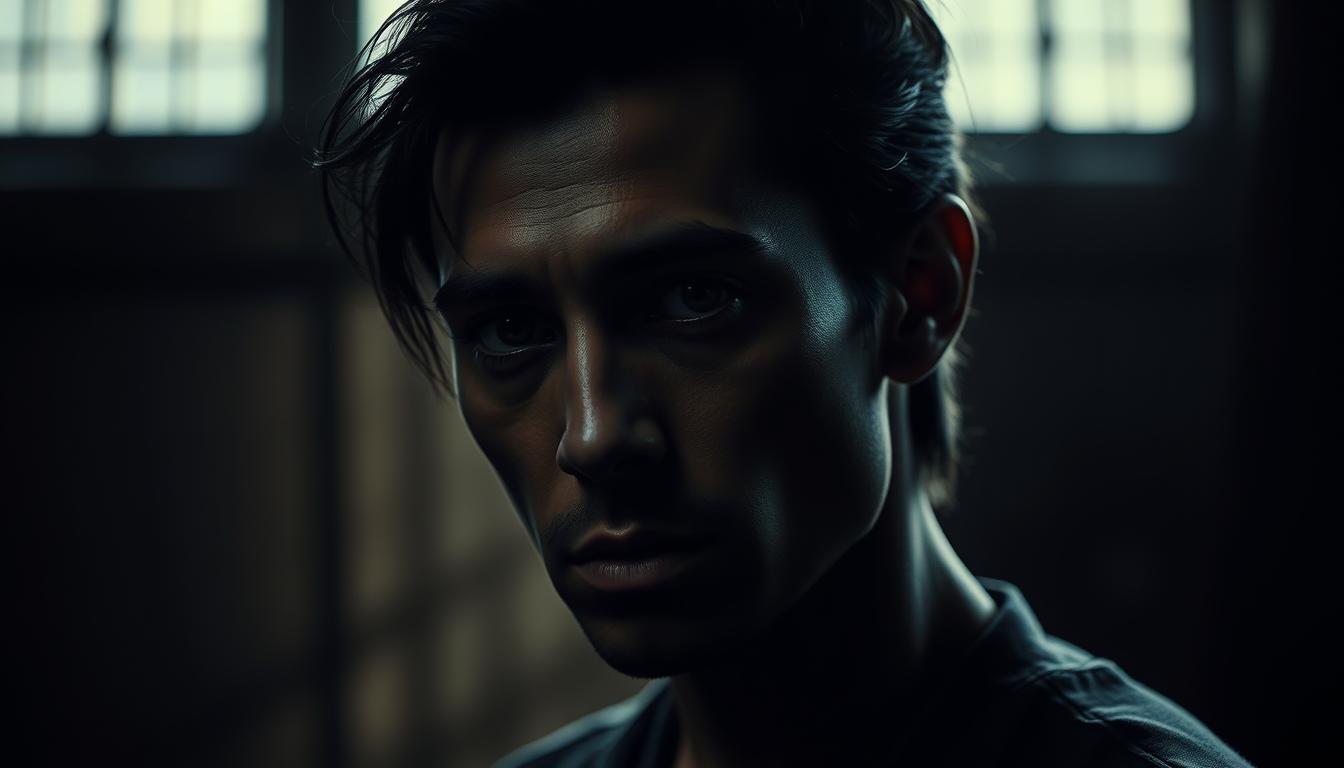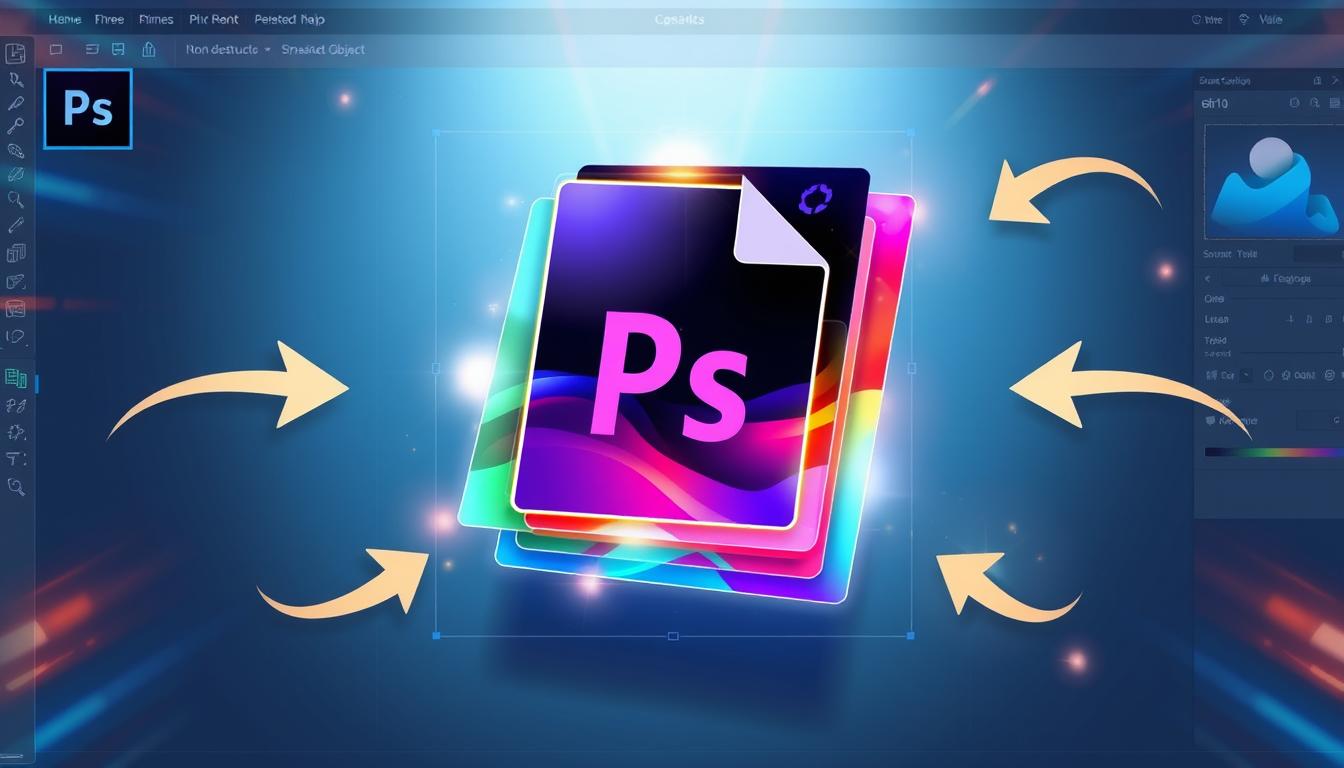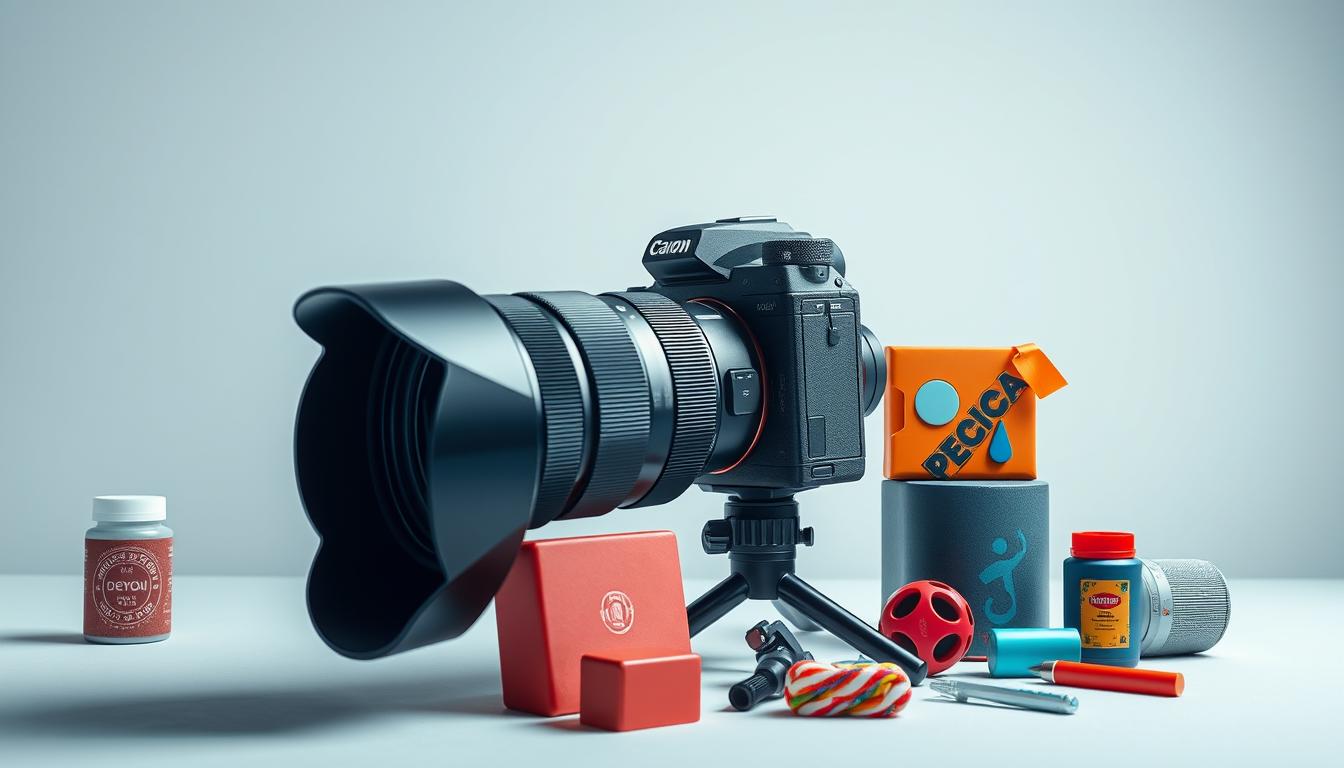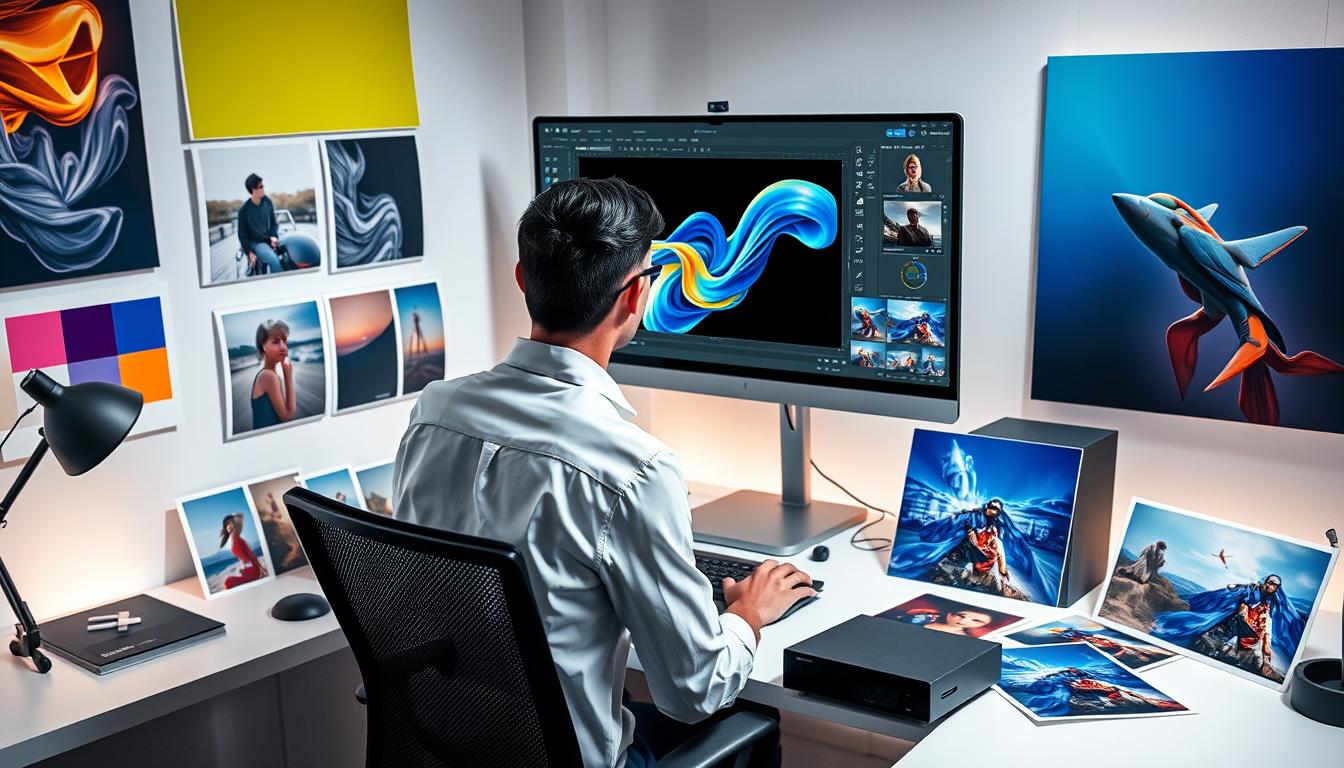High art photography and low art photography are two unique styles in photography. High art photos are valued for their beauty and often shown in galleries. They highlight the beauty of photography. Low art photography, on the other hand, includes many styles like snapshots and commercial photos. These are key parts of low art photography.
Knowing the difference between high and low art photography helps us understand photography better. It shows the wide range of photography styles. This knowledge helps photographers and fans explore different types of photography.
Introduction to Photographic Art Forms
Photography has grown a lot, with high and low art photography being big parts of it. Both styles capture moments and tell stories that touch viewers. They show the beauty of photography.
Understanding High and Low Art Photography
Artistic photography has grown a lot over time. Many styles have come up to match different tastes. The debate on high and low art photography is ongoing. It’s key to know where these terms come from and what they mean.
Intent is crucial in photography. High art photos show skill and creativity. They are beautiful and carry a deeper message. Low art photos, on the other hand, focus on being simple and easy to understand.
Origins of the High-Low Art Distinction
The idea of high and low art in photography started early on. As photography grew, so did the difference between high and low art. This was influenced by new tech and changing social views.
Definitions and Concepts
Understanding high and low art in photography involves some key points. These include:
- Technical excellence: using advanced techniques to make top-quality photos
- Conceptual depth: photos that share a deeper meaning
- Intent: the reason behind taking a photo
Role of Intent in Photography
Intent is very important in photography. Photos meant to be art are seen as high art. Photos for other reasons, like business, are seen as low art. Knowing about intent helps us see the value in different photos.
Historical Evolution of Photographic Art Forms
Photography has changed a lot since it started. Early photography led to many art movements like Pictorialism, Modernism, and Postmodernism. These movements helped shape both high and low art photography.
New tech, like digital photography, has also changed photography. Digital photography made it easier for more people to try different styles. This made photography trends and low art photography trends more varied and exciting.
Some key photographic art movements include:
- Pictorialism, which focused on photography’s beauty
- Modernism, known for its innovation
- Postmodernism, which questioned traditional views of photography and art
Photographic art movements show how tech has changed photography. They also influence how we see and use photography today. Photography trends and low art photography trends keep evolving, exploring new ways to express.
Looking ahead, knowing photography’s history and art movements is key. By understanding past and present trends, we can appreciate photography’s growth and its ongoing evolution.
Characteristics of High Art Photography
High art photography needs a deep understanding of the medium and a clear artistic vision. Artists in this field often explore new ways to use a camera. They create unique and thought-provoking images. Ansel Adams, for example, used large-format cameras to capture stunning landscapes.
Technical skill is key in artistic photography. Photographers must know about composition, lighting, and more. This knowledge helps them create images that are both beautiful and emotionally powerful. Seeing a photography exhibition can be a great way to appreciate this art form.
Technical Excellence and Composition
High art photography requires a lot of technical skill. Photographers need to know how to use their camera, light, and edit their photos. They must balance technical skills with their artistic vision to make images that move and inspire.
Conceptual Depth and Meaning
High art photography also explores deep ideas and themes. Photographers might tackle complex social or political issues. They might also look at the human condition in a thoughtful way. A photography exhibition can be a great chance to see and think about these ideas.
Exhibition and Presentation Standards
Understanding high art photography’s characteristics helps us appreciate it more. Whether in a gallery, museum, or online, seeing a photography exhibition can be powerful. It lets us see the medium’s many possibilities.
Exploring Low Art Photography
Low art photography trends are becoming more popular. Many photographers are finding new ways to capture everyday life. Commercial photography is a big part of this, helping to create eye-catching ads.
Documentary photography is another key area. It focuses on real-life events and situations. This type of photography helps bring attention to social and environmental issues, making it a powerful storytelling tool.
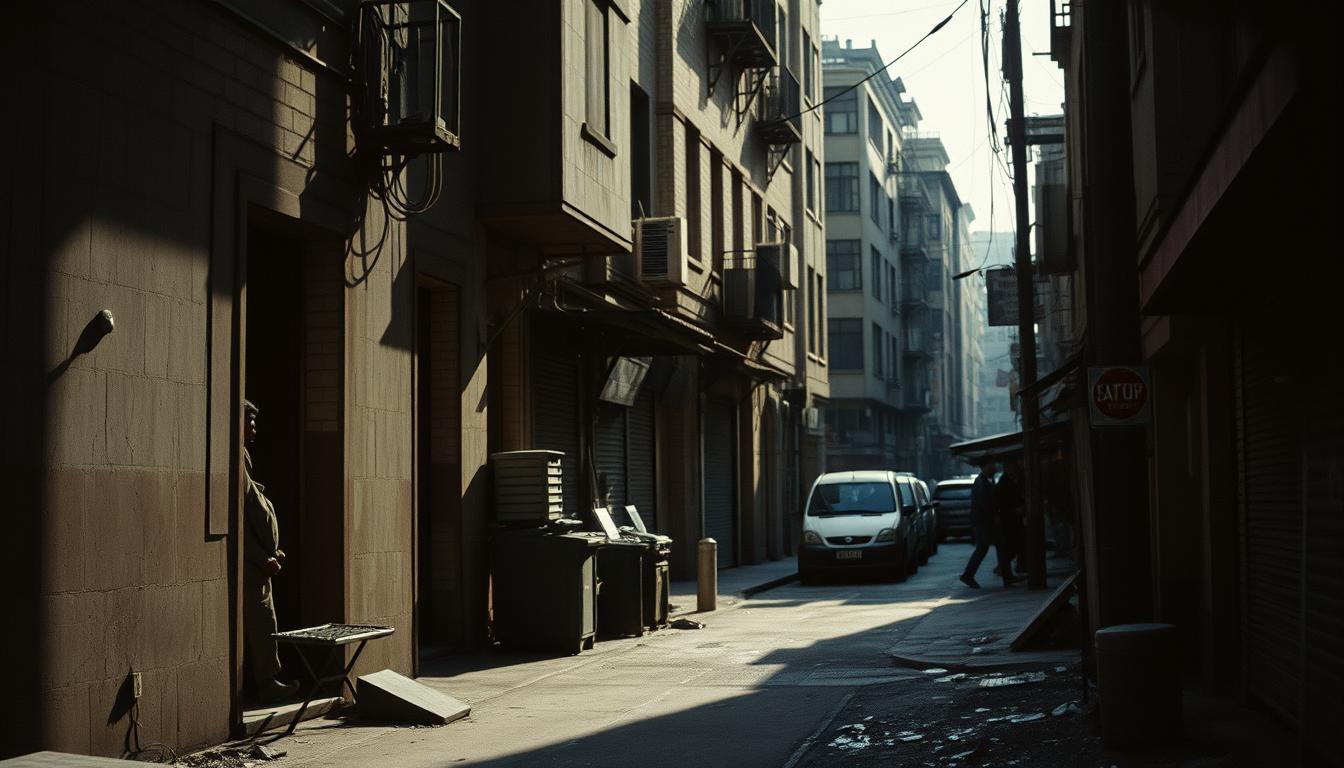
Photographers like William Eggleston and Martin Parr have greatly influenced low art photography. Their work has set the stage for others to explore new ways of capturing the world. Key aspects of their work include:
- Using everyday subjects and scenes
- Experimenting with color and composition
- Creating stories through their images
Low art photography is always changing and growing. Whether it’s through commercial or documentary photography, artists are always pushing the limits. They create new and innovative works of art.
Technical Aspects and Equipment Considerations
Having the right equipment is key in photography. The camera type greatly affects image quality. Photography equipment has changed a lot over time. Now, we have digital and film cameras, each with its own benefits.
Recently, mirrorless cameras have become popular. They offer better autofocus and image stabilization. Also, post-processing techniques are now used more. They let photographers easily enhance their photos.
- Camera resolution and sensor size
- Lens quality and focal length
- Image stabilization and autofocus
Knowing the technical side of photography is important. Keeping up with new photography equipment and post-processing techniques helps. This way, photographers can improve their skills and create amazing images.
Blurring Lines Between High and Low Art Photography
Photography has changed a lot with digital tech and social media. Now, the lines between high and low art photography are fuzzy. Anyone with a smartphone can take photos, making photography more accessible.
Artists today are exploring new ideas in photography. Social media has helped them share their work with more people. This has led to many new styles, from fine art to documentary photography.
Photographers like Richard Prince and Sherrie Levine are using old photos in new ways. They talk about who owns a photo and what makes a photo original. As photography keeps changing, it’s exciting to see where it goes next.
Several things have helped blur the lines in photography:
- Easy access to digital cameras and editing tools
- More people sharing photos on social media
- Photography being seen as a real art form
Looking ahead, we need to think about how these changes affect our view of photography. By embracing the new things digital and social media bring, we can keep exploring what photography can do.
Creative Applications and Expression
Photography is a versatile medium that offers a wide range of creative applications and expression. With various photography styles, photographers can convey their unique vision and perspective. Each style, from portrait to landscape, and from still life to street photography, requires a distinct approach and technique.
Artistic expression is a crucial aspect of photography, allowing photographers to experiment with different techniques and mediums. The use of creative photography styles, such as surrealism or abstract, can add an extra layer of depth and meaning to an image. By pushing the boundaries of traditional photography, artists can create innovative and thought-provoking works that challenge the viewer’s perception.
Some notable photographers have made significant contributions to the world of artistic expression through their work. For example, Ansel Adams was known for his landscape photography, while Cindy Sherman is renowned for her conceptual and often provocative self-portraits. These photographers have inspired generations of artists to explore the possibilities of photography as a medium for creative expression.
As photography continues to evolve, new technologies and mediums are being explored. The rise of digital photography has opened up new avenues for creative photography, from editing software to social media platforms. By embracing these changes, photographers can stay at the forefront of artistic expression and continue to push the boundaries of what is possible with this versatile medium.
Impact on Modern Visual Culture
Photography and culture are closely linked. Photography shapes how we see the world and ourselves. In commercial photography, images promote products, services, and ideas. They often use social commentary to get a message across.
Commercial photography is key in today’s visual culture. It’s used in advertising, fashion, and more. These images reflect and influence our society’s values and norms.
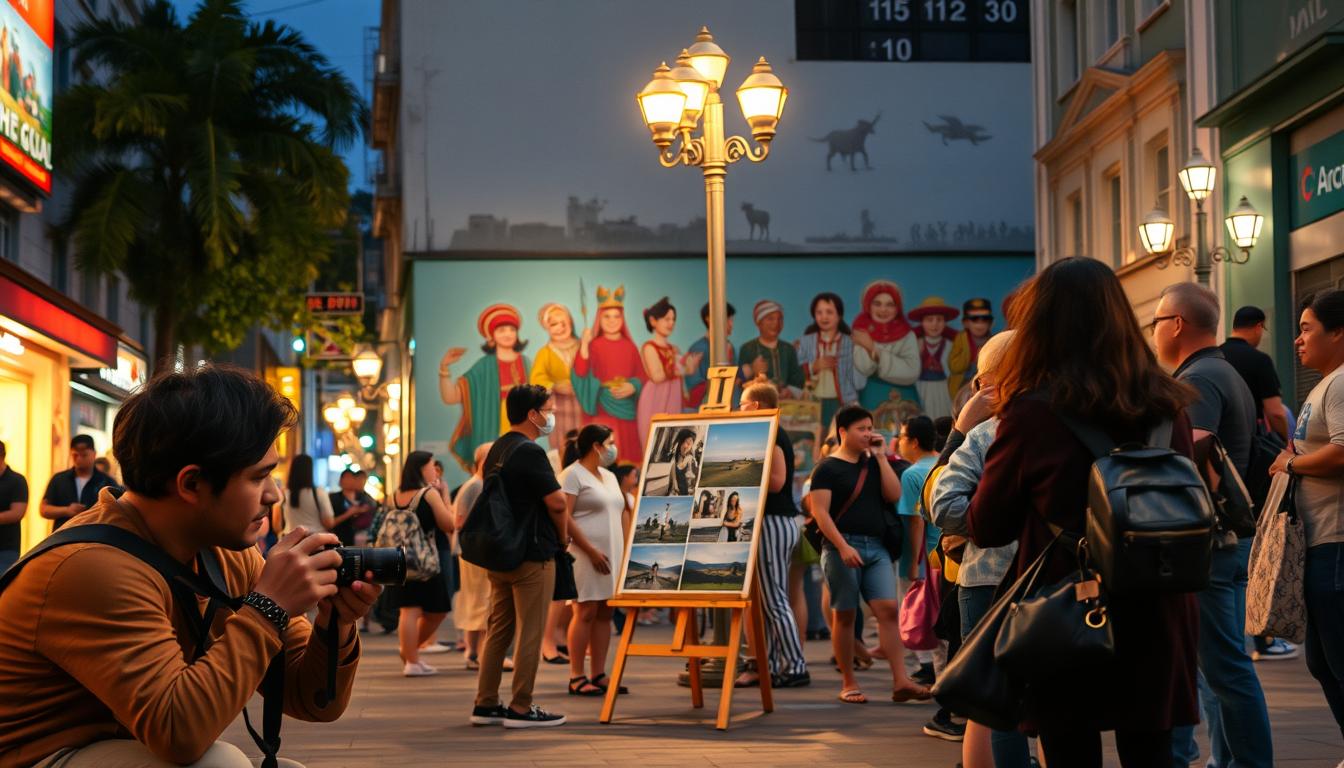
Photography’s influence on modern visual culture is vast. Here are a few examples:
- Documentary photography tells stories and makes social points
- Fashion photography includes social commentary and cultural nods
- Advertising photography sells things, often with a message
In summary, photography deeply affects our visual culture. It’s used in commercial photography, social commentary, and more. Photography keeps changing, showing and shaping our views of the world and ourselves.
| Type of Photography | Application | Social Commentary |
|---|---|---|
| Documentary Photography | Storytelling | Reflecting societal values and norms |
| Fashion Photography | Advertising and editorial | Incorporating cultural references and social commentary |
| Advertising Photography | Selling products and services | Conveying a message through social commentary |
Conclusion: Future of Photographic Art Forms
The world of photography is changing fast. Digital tech and social media are making big waves. They’re mixing up old rules and opening new doors for artists.
The future of photography looks bright. Artists will blend skill and ideas in new ways. Photographic art forms will keep pushing limits, showing us new sides of life.
Photography trends will also change. They’ll show more of the world’s diverse stories. This will let more people share their views and shape our culture.
Photography’s role in art, politics, and culture will grow. It will become even more important in our shared visual world.
FAQ
What is the difference between high and low art photography?
High art photography is valued for its beauty and is often shown in galleries and museums. Low art photography is more varied, including snapshots and commercial work.
What are the key characteristics of high art photography?
High art photography stands out for its skill, composition, and deep meaning. It follows strict standards and is shown in top galleries and museums.
How has the distinction between high and low art photography evolved over time?
The difference between high and low art photography has changed a lot. New tech and social shifts have played big roles. Early movements like Pictorialism and Modernism helped shape this difference, which keeps evolving.
What role does intent play in the classification of high and low art photography?
The photographer’s intent is key in deciding if a photo is high or low art. High art photos are made to be seen as art. Low art photos often have a practical or commercial goal.
How have digital technologies and social media impacted the blurring of lines between high and low art photography?
Digital photography and social media have mixed high and low art. They’ve made photography more accessible, challenging old ideas of what’s high or low art.
What are some examples of photographers who have contributed to the development of high and low art photography?
Ansel Adams and Cindy Sherman are known for high art photography. William Eggleston and Martin Parr have made big impacts in low art photography.
How can photographers experiment with different styles and techniques to push the boundaries between high and low art photography?
Photographers can try new styles and methods. Using alternative processes or creative presentation can blur the lines between high and low art. This leads to innovative work that challenges old boundaries.

